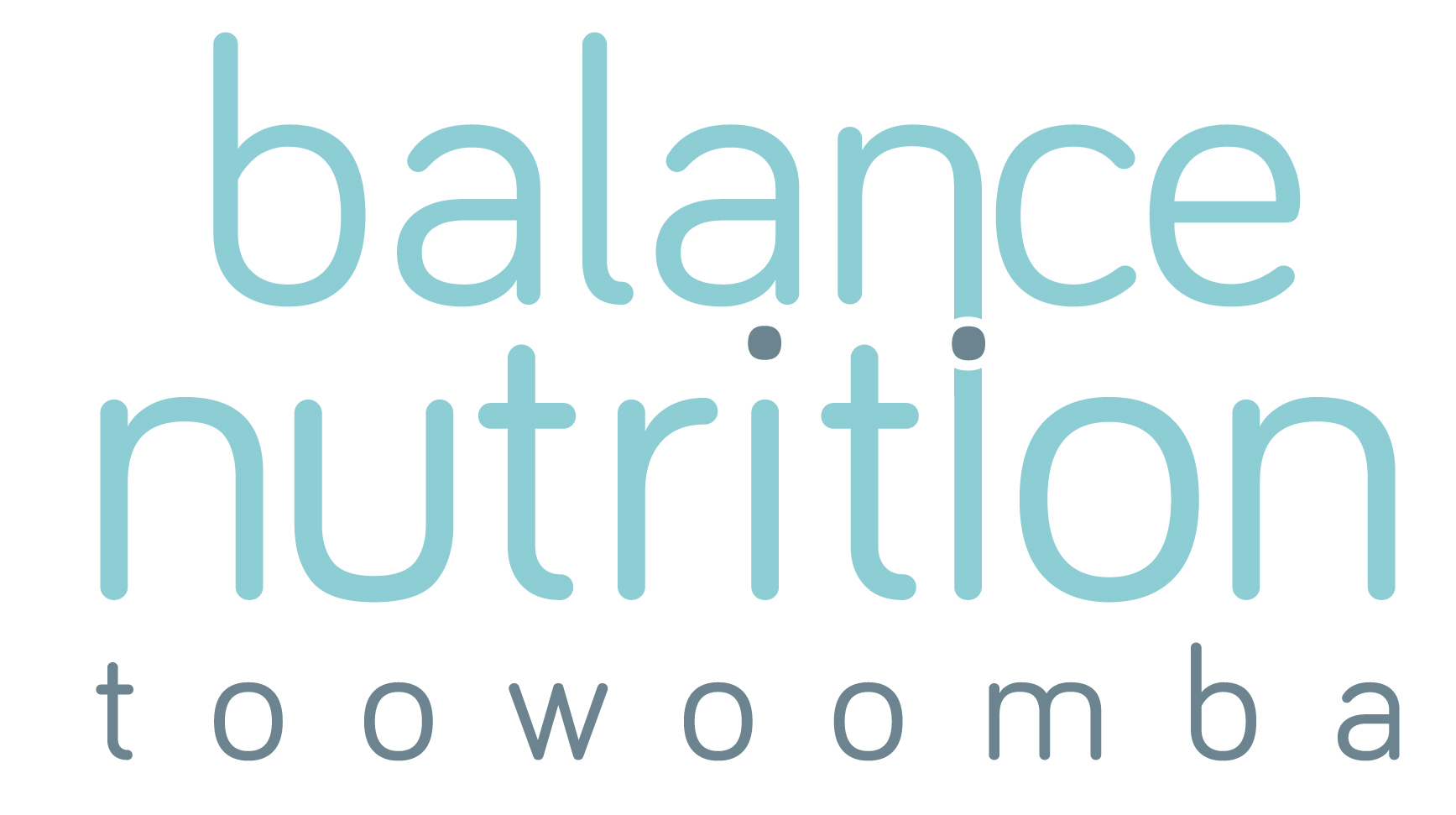7 Steps to Improve Mindful Eating
Mindful eating can be defined as eating with intention and attention. But, it is safe to stay that all of us can be guilty of the opposite when we are on the run, fatigued, unprepared or distracted. You know the times, eating breakfast on the drive to work, unconsciously grazing on the nibbles or cheese platter at a party or dinner on the couch in front of the TV.
Our bodies are designed to provide us with physical and mental signals that communicate to us when we are hungry or full. However, when distracted by the environment around us rather than the food in front of us, we are unable to pay attention to those cues, contributing to excess intake and weight gain over time.
Like emotional eating, mindless eating can become problematic when it begins to form a new habit. For example, you’re running late for work and haven’t prepared breakfast. So, you divert through the drive through to pick up a coffee and something to eat. You quickly consume the food on the rest of your drive to work but, haven’t really had a chance to see how much you may have consumed. The following day you’re late again but remember how easy it was to grab something on the run. Over time, these actions become a part of your daily routine and begin to continue as a habit out of convenience rather than physical hunger.
So, how do we begin to eat with more intention and attention? Try the following 7 steps to improve your mindful eating habits:
1. Listen to your body’s hunger and fullness cues: Am I hungry? Am I full? Do I feel comfortable? Check in with yourself before, during and after a meal to avoid mindless munching.
2. Disconnect: Switch off your screens (phone, tv, tablets) while eating. This will help you enjoy the food and the company that is in front of you.
3. Be still: Make food the focus. Step away from your work desk, eat before you jump in the car, try to put the kids down. Eating should be the activity/task at hand, not trying to multi-task eating and other activities.
4. Give yourself time: Set aside time to eat and slow down your eating, there is a difference between eating your food and inhaling your food.
5. Pack it up: Plate up your food and pack away the leftovers immediately. If they aren’t in sight you won’t feel the need for seconds!
6. Serve your food on real plates: Always serve food on a plate or in a bowl that is within a reasonable portion size. When eating out of a packet or large container it can be tempting to over consume!
7. Be prepared: packing a lunch or making breakfast the night before can increase your awareness of what you are eating in a day and reduce the likelihood of opting for a convenience option on the run.
Written by Rhiannon Stone APD

